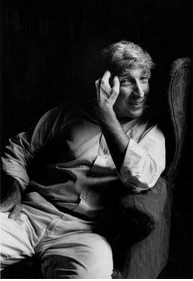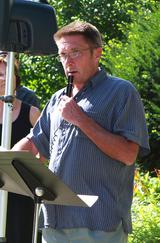 Matthew Spencer of The Guardian has decided to use reader feedback to determine not the Great American novel, but the Great American novelist in a 32-bracket “tournament.”
Matthew Spencer of The Guardian has decided to use reader feedback to determine not the Great American novel, but the Great American novelist in a 32-bracket “tournament.”
Spencer seeded Updike fourth, and in his first “match” Updike goes up against Ursula K. Le Guin. Readers have to register with The Guardian to be able to post feedback which will influence the outcome.
To qualify for the tournament, writers had to produce four novels that are four possible “greats.” Spencer chose the Rabbit tetralogy for Updike’s four entries. Personally, I would have left Rabbit Redux off the list and substituted The Centaur. And for Hemingway, who was seeded eighth, I would have swapped To Have and Have Not and The Garden of Eden for The Old Man and the Sea and For Whom the Bell Tolls. So there are some curious choices here, and some equally curious rankings. For the Top 10 seeds, William Faulkner comes in at Number 1, followed by Saul Bellow, Philip Roth, Updike, John Steinbeck, Sinclair Lewis, Toni Morrison, Ernest Hemingway, Edith Wharton, and Cormac McCarthy. It’s worth noting that Spencer seeded Updike behind two Nobel laureates, but ahead of four others.
Here’s the article, with thanks to member Andrew Moorhouse for drawing it to our attention.




